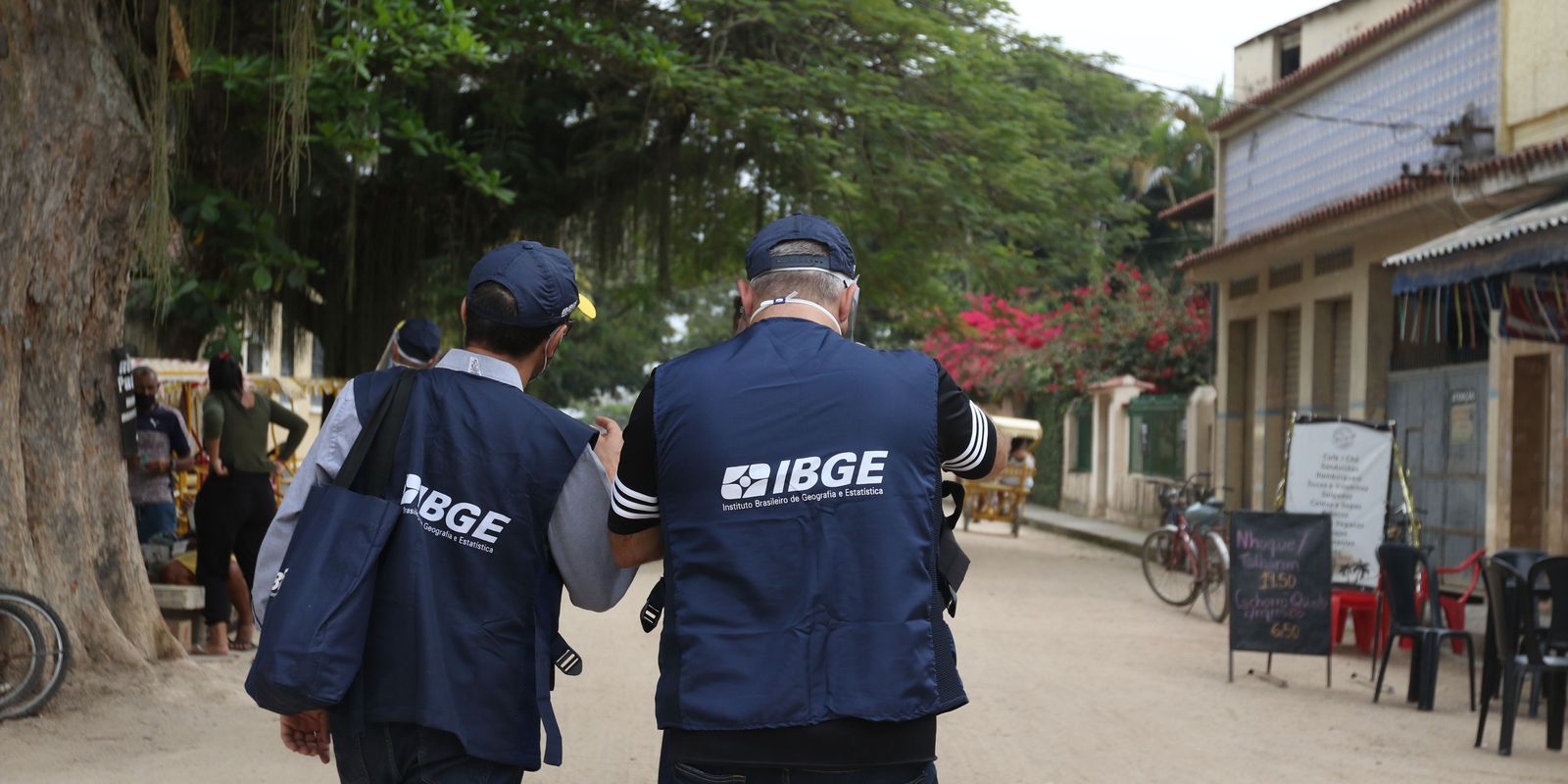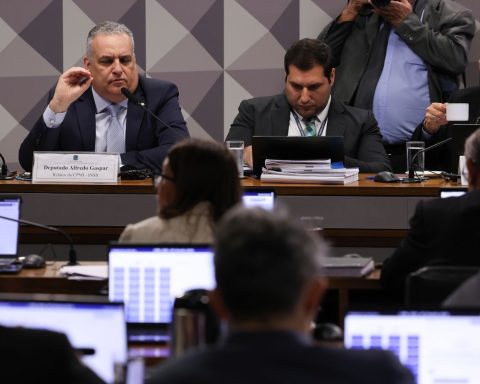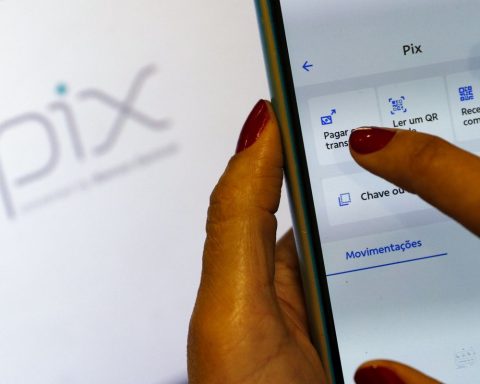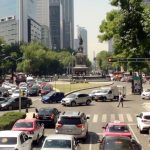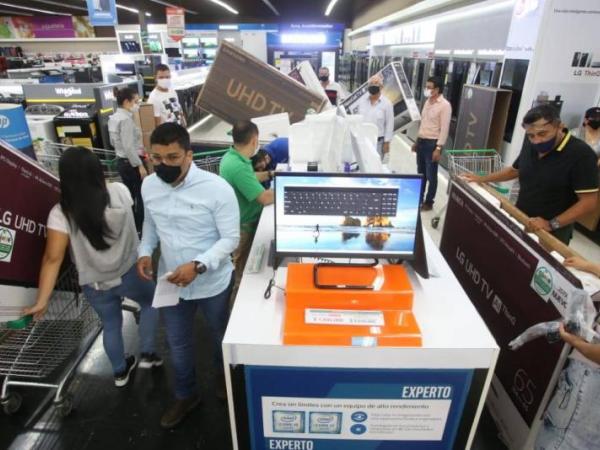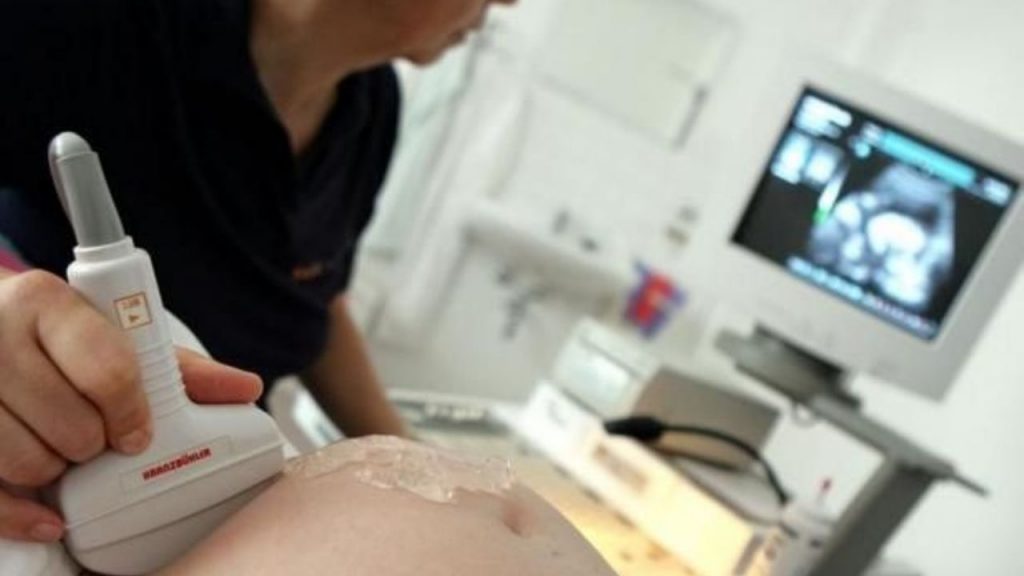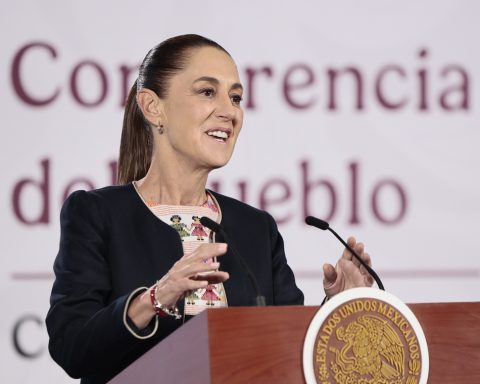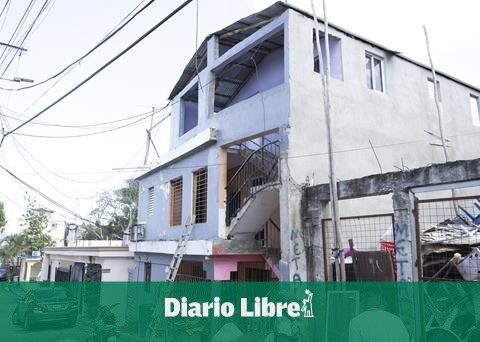The 2022 Demographic Census will be collected from June to August 2022, when census takers from the Brazilian Institute of Geography and Statistics (IBGE) will visit around 78 million households in the country. Two types of questionnaire will be used: o basic and the one of sample.
The basic survey questionnaire has 26 questions and investigates the main characteristics of the household and the residents. In addition, a portion of households is selected to respond to the sample questionnaire, which has 77 questions. This questionnaire will be applied in approximately 11% of households, that is, approximately 8.5 million households.
According to the IBGE, the investigation in the selected households, carried out using the sample questionnaire, includes, in addition to the items present in the basic questionnaire, more detailed ones, as well as questions on specific topics: household characteristics, ethnic-racial identification, nuptiality, family nucleus, fertility, religion or cult, disability, internal or international migration, education, displacement for study, work and income, displacement for work, mortality and autism.
Among the questions is the one dealing with the presence of people with autism in the household, a theme included in the census questionnaire, according to Law 13,861/2019.
According to the institute, in relation to the 2010 Census, the number of questions in next year’s survey questionnaires was reduced from 34 to 26 in the basic, and from 102 to 77 in the sample questionnaire.
The IBGE informed that no question was withdrawn “without a strategy for their survey by alternative sources or a robust technical justification, so that the census is preserved in its essential historical and thematic series”.
“Data on international emigration, for example, which was the only topic entirely removed from the operation, will be obtained from administrative records available at the Ministry of Justice and Public Security”, said the IBGE.
Also according to the institute, detailed information on household characteristics, work and income will be collected through regular IBGE household surveys, such as the Continuous National Household Sample Survey (PNAD).
“The same applies to questions about displacement, which, in addition to being investigated by traditional research, may be the object of studies based on Big Data and data mining, as already pointed out by some successful international experiences”, completed the IBGE.
Technological innovations
The tests will evaluate, in the field, all the technological infrastructure prepared for the operation, such as mobile collection devices (DMC), similar to a smartphone, in blue, and the systems for capturing, transmitting and monitoring the information collected.
Unlike the 2010 Census, current DMCs have chips with internet access that allow the transmission of information to the IBGE database at the end of the collection. They can also make and receive calls from residents for interviews.
Census officers can also use the equipment to communicate with their supervisors through messaging applications, which speeds up the clarification of doubts. The next census will make use of cloud storage technology to quickly load inputs such as maps and coordinates into DMCs.
According to IBGE, the data centers of the institute, located in Rio de Janeiro and São Paulo, have a much more modern and robust structure to receive large amounts of information, with high performance performance and the ability to process data faster, streamlining the handling of information and dissemination for the society.
“More than 200 thousand people will be involved in data collection in all corners of the country, sending a large amount of information to the IBGE. With these technologies, we will monitor and control the collection in the census sectors online and in real time. For this, all this equipment, collection systems, personnel management and management follow-up, and the questionnaires need to be tested in the field”, said, in a note, the coordinator of IBGE’s IT Services, José Luiz Thomaselli Nogueira.
National test until December
IBGE will carry out, from today (4) until mid-December, the first national test of the 2022 Census. Municipalities, neighborhoods, districts or communities in the 27 units of the federation were chosen, which will be covered by about 250 census takers.
The tests include all stages of the census, from data collection systems and equipment to training of census takers, as well as research on the characteristics of the surroundings of households and the mixed model of interviews (in person, over the internet or by telephone).
The house-to-house census in most locations runs until the end of November. After the census comes the supervision phase and then the post-enumeration survey, which assesses the coverage and quality of data collection for the census study.
To ensure the safety of census takers and residents during the tests, the IBGE teams will work following sanitary safety protocols against covid-19, with the use of mask, hand hygiene and equipment with alcohol gel, in addition to social distance .
The tests will use the new mixed collection model in which, in addition to the face-to-face interview, residents will be able to choose to fill in the questionnaire over the internet or respond by telephone. The Collection Support Center will support informants who choose to fill in the questionnaires over the internet in case of doubts or any difficulty in accessing the questionnaire.
The enumerators will work in uniform, with a blue cap, vest and bag with the IBGE logo. In the vest, there is also the identification badge, with the photo and the number of registration and identity of the interviewer. The enumerators will use a blue-colored mobile collection device, similar to a smartphone.
Residents can verify the identity of all IBGE interviewers through the site answering.ibge.gov.br or from the telephone 0800 721 8181.
